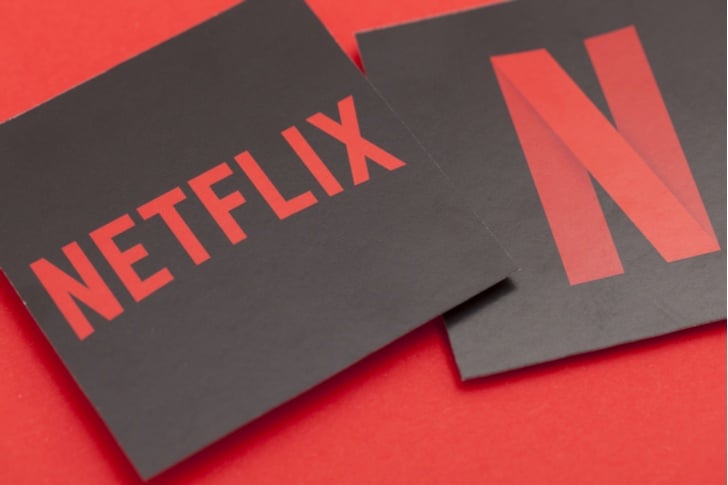Netflix, Inc. (NASDAQ:NFLX) stock has doubled in the last 12 months, climbing steadily from $160 per share to $328.19 per share as of Wednesday’s close. In recent years, the company has been spending more and more money on content development — a reality that’s left NFLX with over $15 million in liabilities in 2017 compared to a third of that total in 2014.
That trend is expected to continue. Chief Content Officer Ted Sarandos recently said that 85 percent of the company’s spending is going to new shows and movies. But, with Netflix, the new movie process is a bit different than you might imagine. Let’s take a closer look at how Netflix uses Big Data.
How Netflix Uses Big Data to Make Movies
The most obvious Big Data application by Netflix, which has over 100 million subscribers, is its recommendation engine. Just as Amazon.com, Inc. (NASDAQ:AMZN) uses consumer data to suggest new purchases, Netflix uses data to decide what programs might be of interest to you based on what you’ve viewed previously. According to InsideBigData, the company estimates that its algorithms save $1 billion a year in the form of customer retention.
But Big Data is also used before the company makes a big-time bet on its next show. As the aforementioned liabilities suggest, making original content is anything but cheap. But it’s become a core part of the Netflix strategy, so the company needs to do it in a smart way. Netflix needs to understand the risk or probable success rate of each piece of content it invests in.
As the Kissmetrics blog points out, traditional TV networks don’t have the same depth of data. They have rough estimates of the numbers of viewers, but far less detail on their behaviors. Netflix, on the other hand, knows when people watch content, when they pause or rewind it, what ratings they give that content, what they search for, and so on. It’s a little bit of Google (NASDAQ:GOOG, NASDAQ:GOOGL), a little bit of Amazon, and a little bit of Disney (NYSE:DIS). Not a bad combo, right?
So, when Netflix spent $100 million on House of Cards (yes, you read that right), it wasn’t some spontaneous gamble. As Steve Swasey, the company’s vice president of corporate communications, told Gigaom, Netflix had a high degree of confidence in the show because it had Big Data on its side.
“We can look at consumer data and see what the appeal is for the director, for the stars and for similar dramas,” he said.
Then, as we already mentioned, it can use that data to also market the show it spent so much cash on.
The Effect of Big Data on Netflix Stock
That’s the good news. The bad news, perhaps, is that investors seem pretty tuned into the fact that Netflix knows what it’s doing, even if they can’t explain Big Data for the life of them. The 63% sales growth on tap for the next five years might do enough of the talking.
In turn, the stock is currently sporting a trailing 12-month price-to-earnings ration of 260.
It’s up to you to decide if the data is big enough for that big of a pricetag.
As of this writing, Rob Martin did not hold a position in any of the aforementioned securities.

